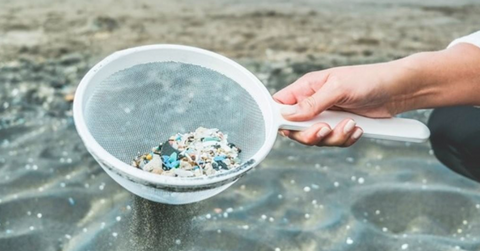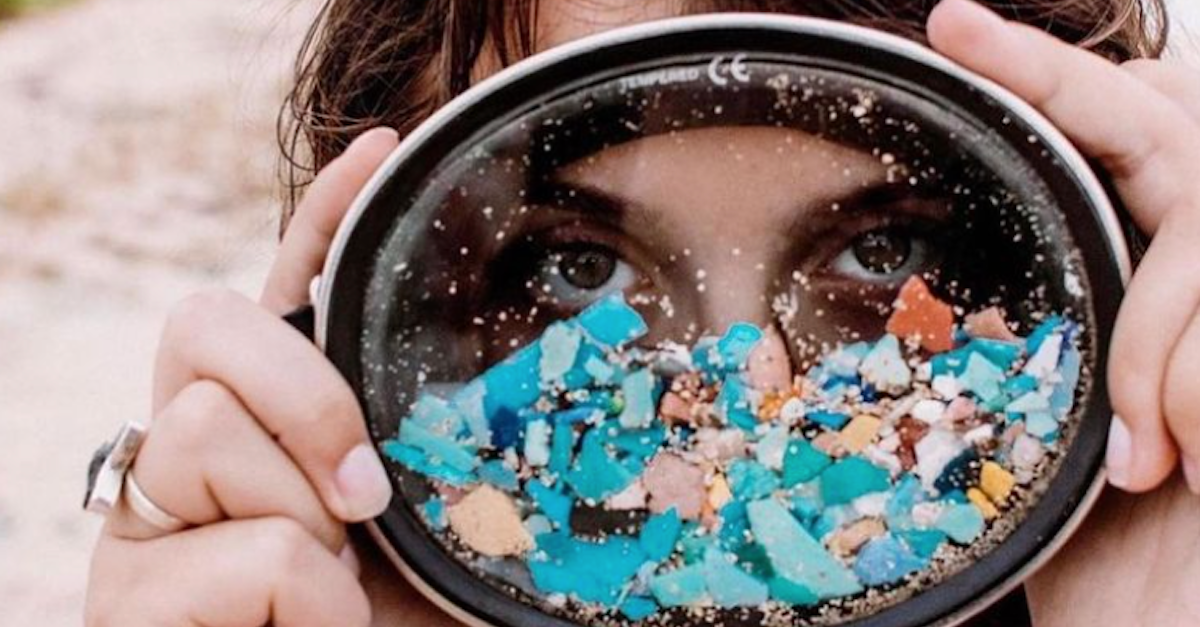Microplastics Are Littering Our Planet — but Where Do They Come From?
Published Dec. 30 2020, 3:55 p.m. ET
We absolutely love the plastic bans being implemented nationwide, but the plastic ocean epidemic goes far beyond single-use plastic bags, straws, and Q-tips. Those are “big” plastics — or whole plastics — but there's another level of plastic pollution in our oceans that we have to worry about (and target) called microplastics.
Although they may be incredibly tiny, microplastics can bring tremendous amounts of harm to the environment and planet Earth, as a whole. Keep reading to learn everything there is to know about microplastics — what they are, where they come from, and most importantly, how they impact humans and animals alike.
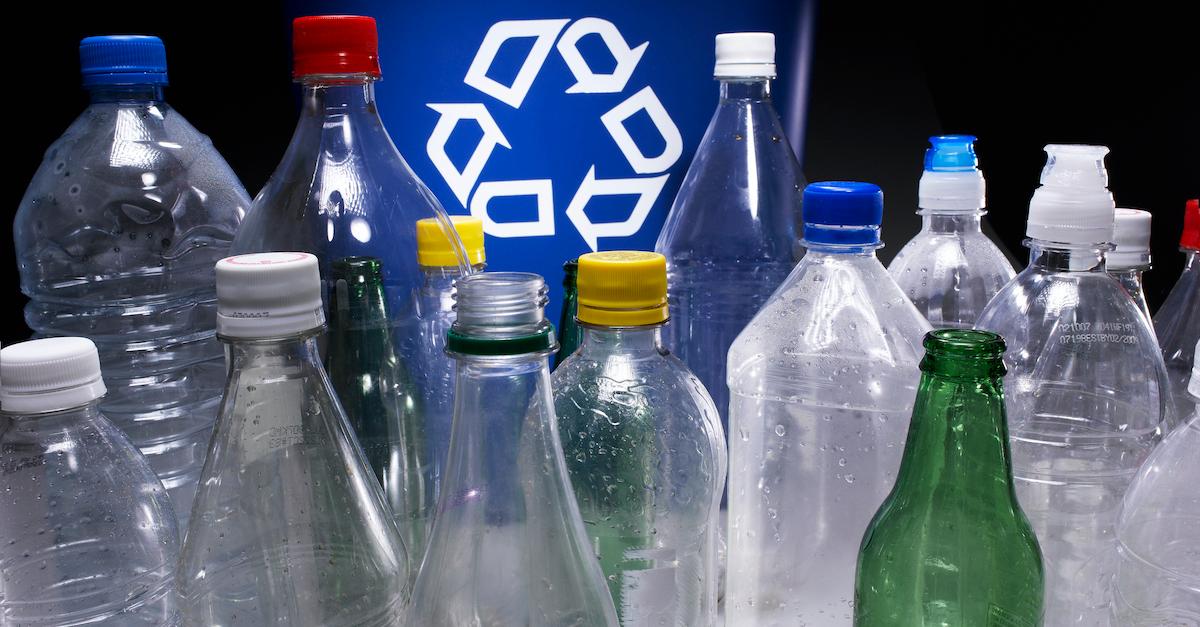
Microplastics — what they are, and where they come from.
According to the National Oceanic and Atmospheric Administration (NOAA), microplastics are any plastic debris measuring less than five millimeters in length — essentially, the size of a sesame seed. Most microplastics aren't purposely engineered — they are the result of larger plastic items such as plastic bags or containers that enter waterways and splinter off into fragments over time, never truly biodegrading.
Microplastics can also come in the form of resin pellets, which are are typically made from ovular or barrel-shaped pieces of high-density polyethylene, low-density polyethylene, linear low-density polyethylene, polypropylene, polystyrene, polyvinyl chlorine (PVC), or polyethylene terephthalate. Each of these are associated with various health risks.
Microbeads are one type of purposely-engineered microplastic, that are comprised of small “manufactured polyethylene plastic” pieces typically found in skincare products, per the NOAA. Microbeads pass through water filtration systems, and often end up in our oceans and lakes, where they can threaten the lives of marine animals. However, when former President Barack Obama signed the Microbead-Free Waters Act of 2015, plastic microbeads were banned from cosmetics and personal care products.
Are microplastics harmful?
Plastic never properly biodegrades, and since microplastics are incredibly tiny, small fish often mistake it for food. It can also be found anywhere in the ocean — Royal Society Open Science found that of 90 deep-sea crustaceans – from six different marine ecosystem trenches – anywhere from one to eight pieces of microplastics were found in 75 percent of the specimens. Inside those 65 specimens were a mix of microplastics and microfibers, including synthetics like nylon, lyocell, and ramie.
This study shows just how deep (literally) of an issue microplastics are — it isn't only surface marine life that is affected; microplastics are so widespread that even the deepest of sea creatures are compromised. Fish are not the only ones affected by microplastics, however — other animals, such as birds, eat fish. If fish and crustaceans are eating microplastics, then those microplastics end up in the bellies of the animals that eat the fish and crustaceans, too.
If microplastics build up inside an animal’s gut, they may feel full and therefore, not eat. Because of this side effect, animals can starve or die due to malnutrition. Animals can also suffer from irritation of or damage to their digestive tract, as well.
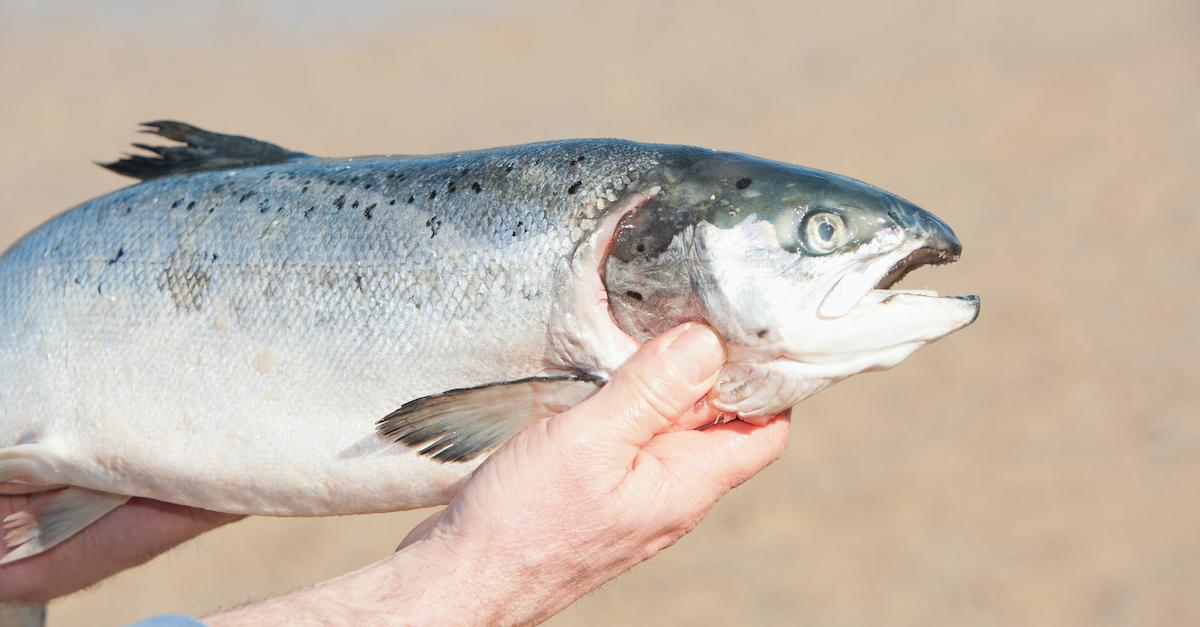
How do microplastics affect human health?
Apart from threatening the health of aquatic life, microplastics ultimately affect human health. Since many humans eat seafood, we are, in turn, also ingesting microplastics. Take mussels, for example; a study published in Science Direct found that consumer-grade mussels in Europe could contain as many as 90 microplastics. If you eat mussels frequently, you could be exposing yourself to over 11,000 microplastics per year.
Even canned fish is compromised with microplastics, though the numbers are lower in comparison. Each portion of canned fish may equate to five microplastics. Sea salt may also contain microplastics, with up to 600 microplastics in one kilogram. But what does that mean for our health? According to the U.S. National Library of Medicine, exposure to microplastics could be harmful to humans. Chemicals in the plastic can eventually build up over time, leak into our bodies, and cause damage.
Many chemicals in plastic are thought to be endocrine disruptors, cause liver and immune system damage which often results in birth defects, and can sometimes cause cancer. More research is needed regarding long-term effects of microplastics on human health, but the impact could be significant.
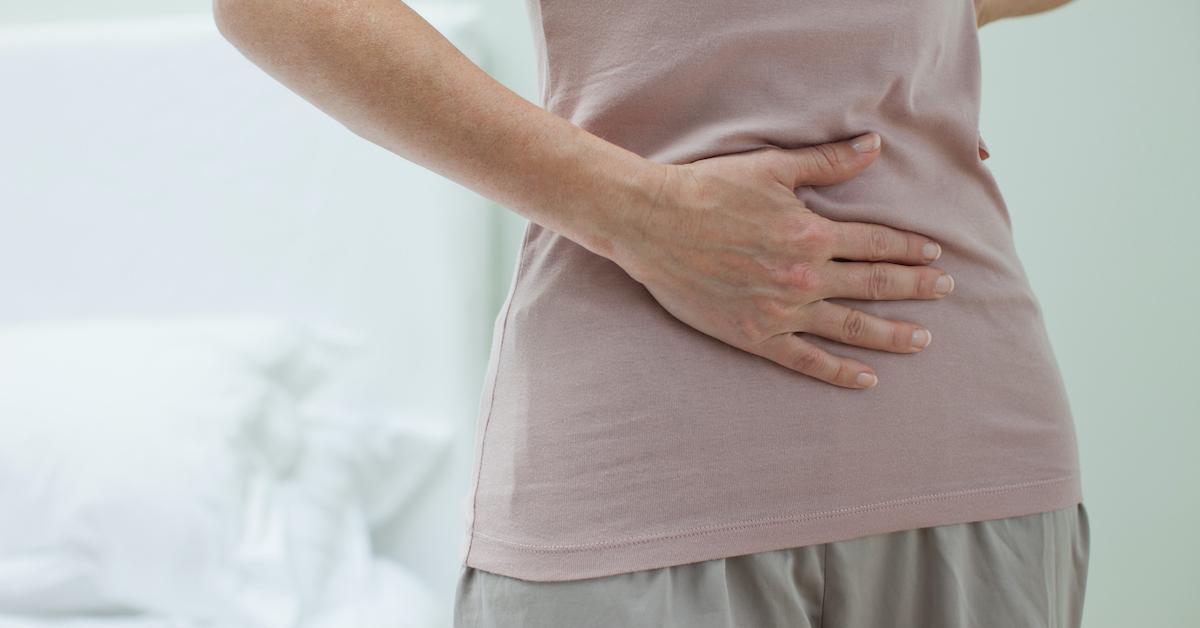
How many microplastics are in the ocean?
It’s really difficult to say, as it’s nearly impossible to count all the individual microplastics floating around in the ocean. As of a 2016 study, it is thought that microplastics account for 1 percent of plastic waste that enters the ocean from land in one year. Anywhere from 93,000 to 236,000 metric tons of microplastics can exist in our oceans, which equates to anywhere between 15 and 51 trillion individual pieces of microplastics in our oceans.
The study of the effects of microplastics is still very new, so much more research is needed to fully understand the long-term impact microplastics have on the environment. Because chemicals can leach out from microplastics, those chemicals can leach into the environment and oceans and build up over time. Research on microplastics is ongoing, though hopefully, a way to combat it sooner rather than later.
